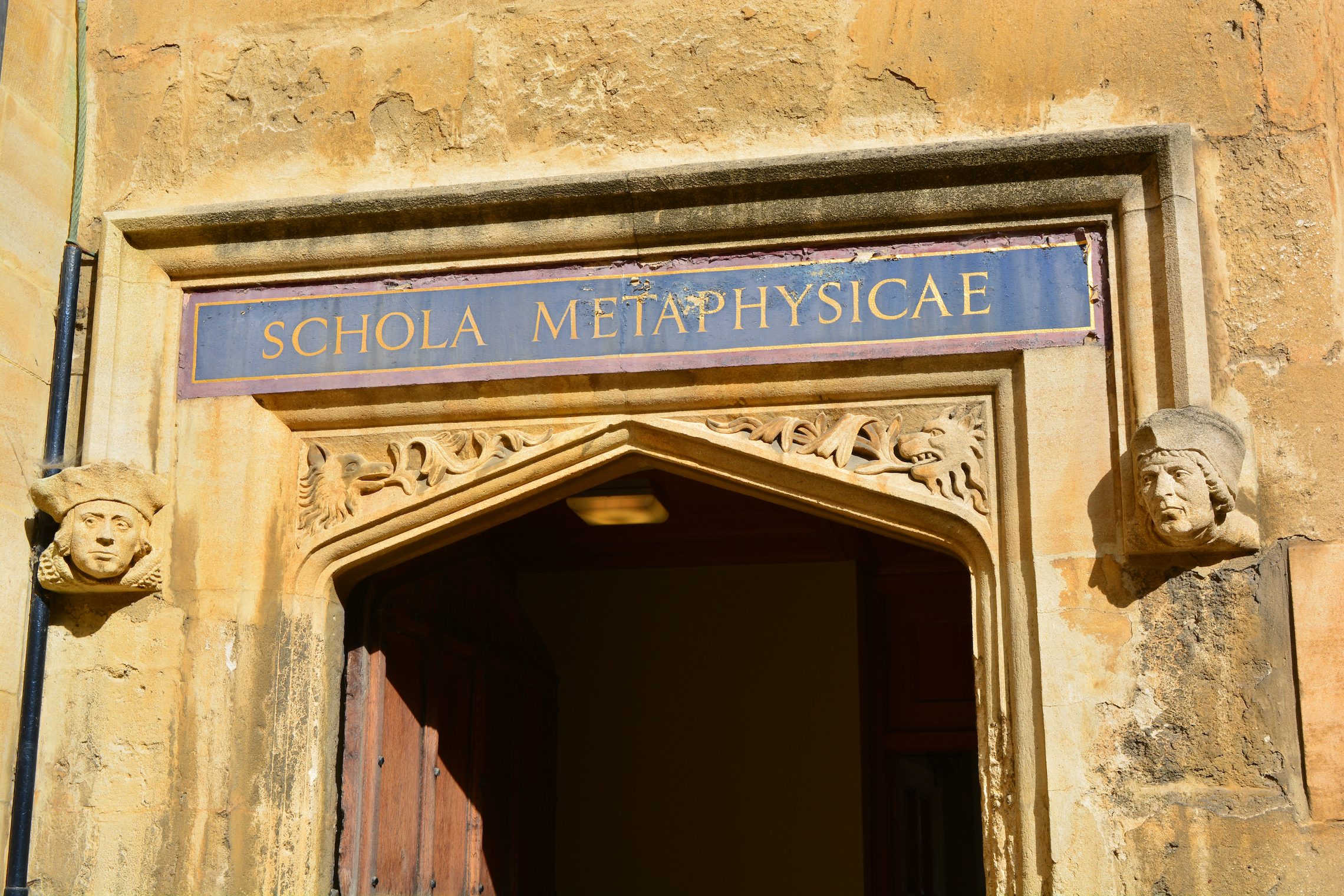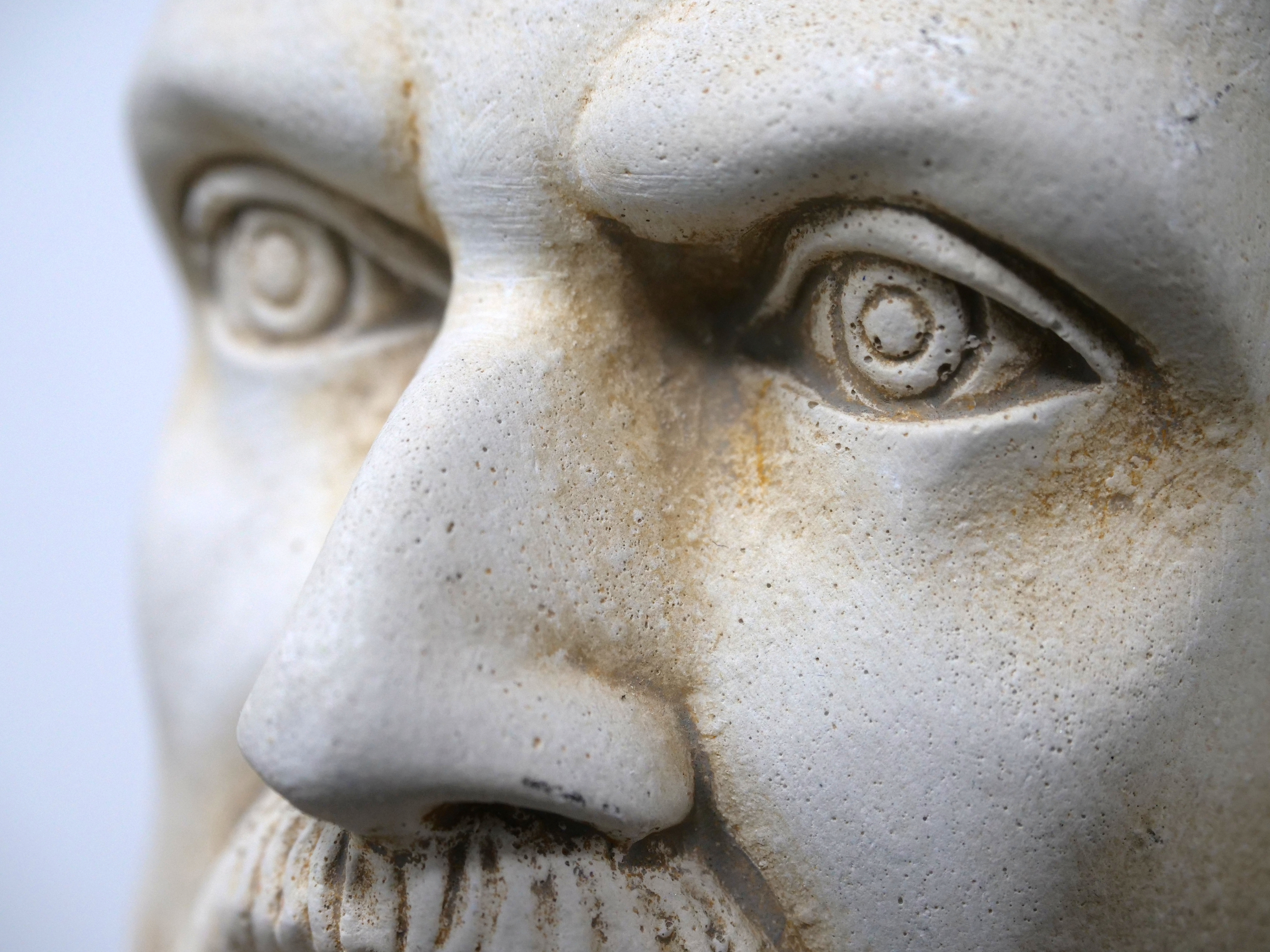What the astrologers were doing was judging the set of correspondences within their horoscope and diagram – what they were being told. So, if a particular planet was in a particular house, then that might indicate a malady of the head. It might also, if a hot planet or a dry planet were in a particular area, signify a fever. The astrologers were making sense of all of this in relation to what the patient was telling them and other aspects of the case that they might observe, and then their treatments would partake of the same set of correspondences.
If somebody had a superfluity of blood – the blood is hot and wet – then they would need to let blood evacuate some of the foul humours that were within their body. All sorts of other forms of evacuation were used, upwards or downwards, as was the euphemism they used. There was also a tremendous regard for the way that the body knew how to balance itself. In this world, all bodies are individual; we are not yet in the era where there is a normative template, where things are being quantified and where all bodies are expected to be the same.


